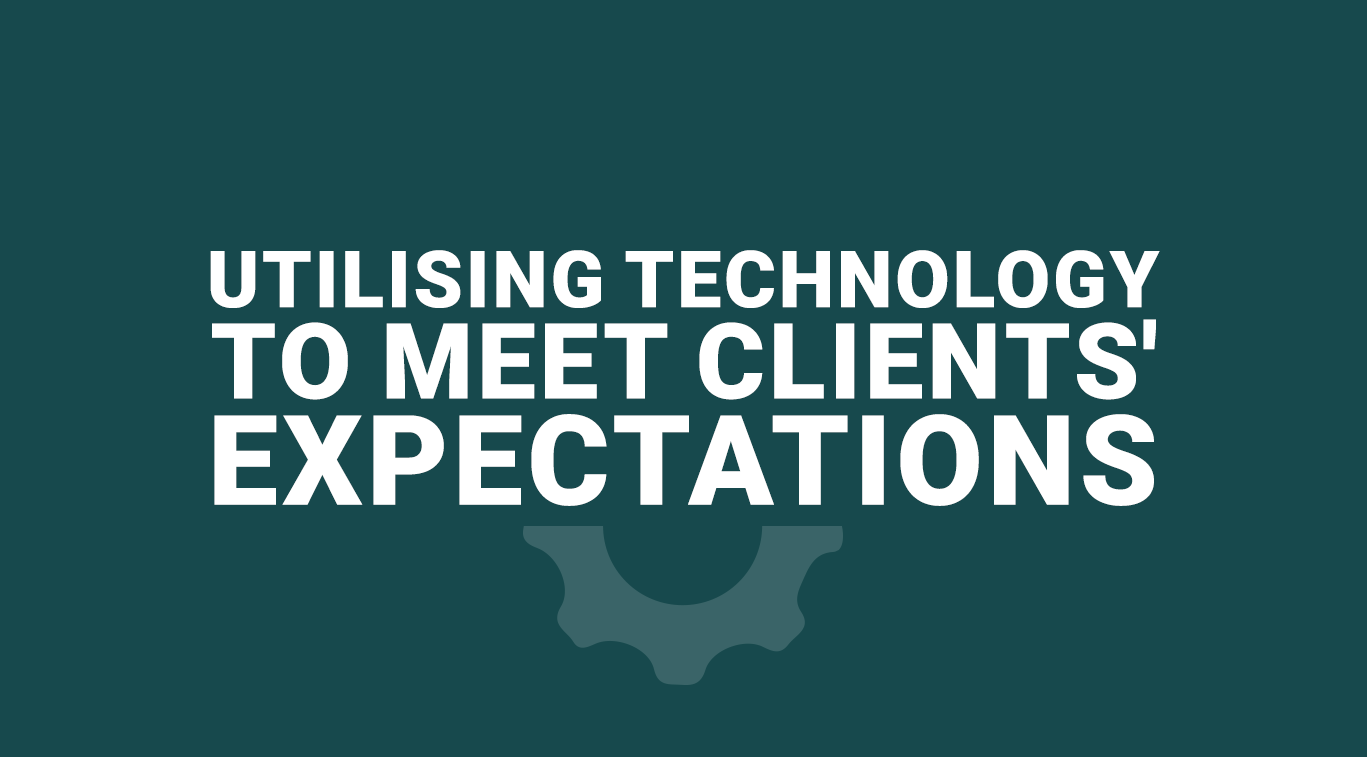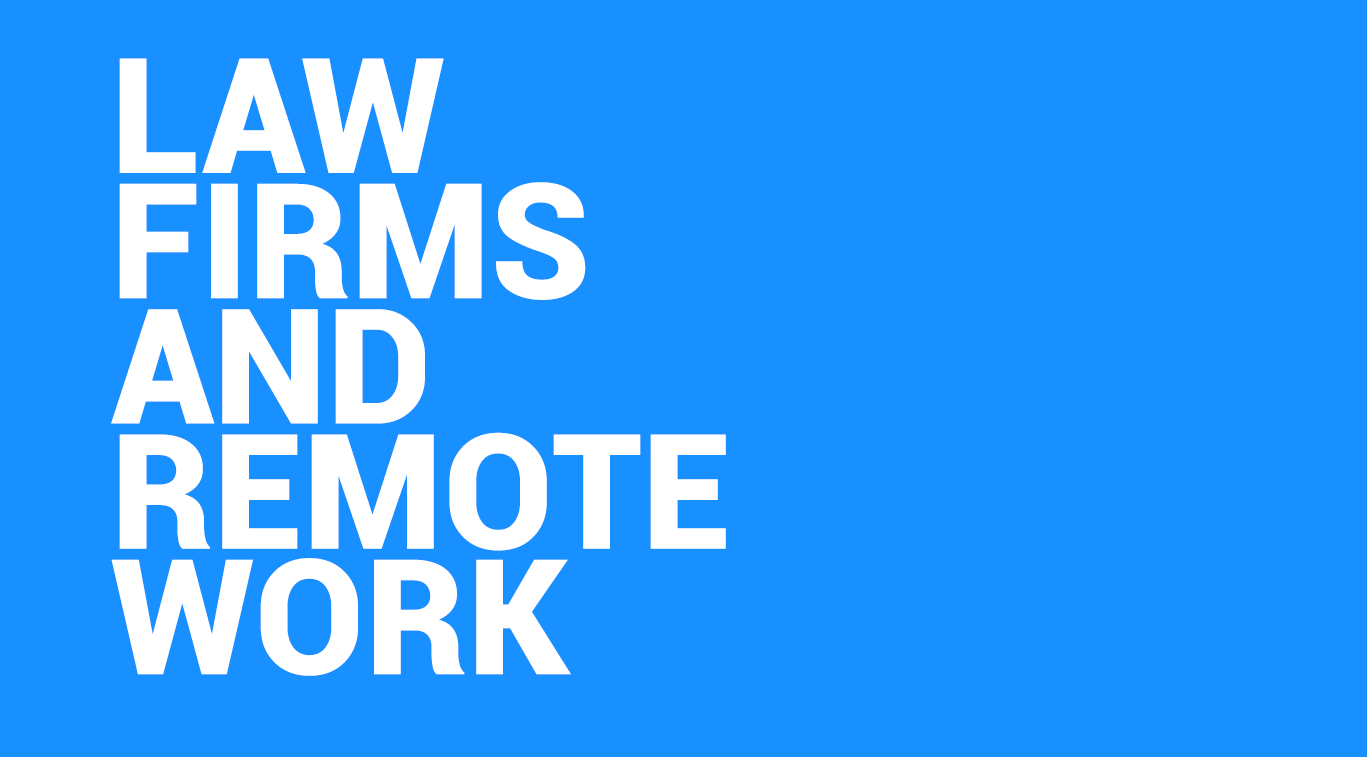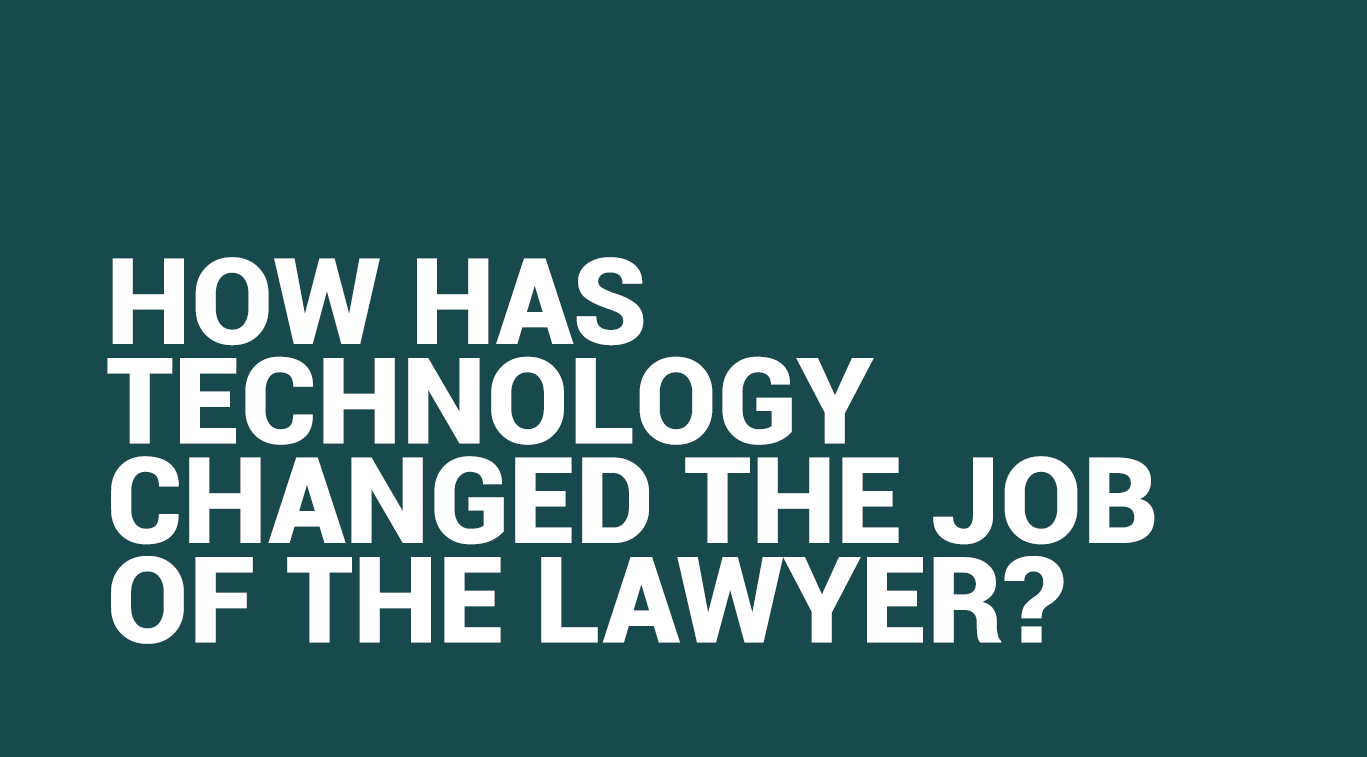Utilising Technology to Meet Clients' Expectations

Written by Joshua Fraser
Blogger

Client Expectations in the Digital Age
The age of the internet, or the digital age, is an era of expediency, where information, progress and results are quickly produced with consistent efficiency and an often high accuracy rate. With approximately 4.56 billion people with access to this kind of raw information power, and with the overwhelming majority if not the entirety of the UK having said access, it is fair to say that an appetite for internet-like speed and efficiency is likely to be a ubiquitous trait amongst clients. At the very least, this means clients will seek out, if not outright demand, firms that are capable of delivering a similar service. Indeed, research shows that internet usage, especially in conjunction with ever-more effective applications is causing the general population to become both more impatience and more impulsive.
The end result of such a behavioural shift is a more fickle and demanding consumer. Such an emerging breed of client is not only not afraid to seek out the best supplier of a given good or service, but is willing to ignore previous orthodoxies of expectation in search of a more flawless customer experience.
Moreover, such a client is not willing to accept the cliche of a reserved, glacially methodical and detached lawyer. Instead, modern consumers of legal services, whether business clients or private individuals, want excellent results delivered at a blistering pace, with an emotional and/or technical understanding of the problems they are facing.
This presents a difficult challenge to lawyers and law firms. With a practice so mired in inherent uncertainty, with much depending on the client’s own previous actions/their position and, in some cases, an opposing team working their hardest to achieve the opposite outcome – it can be challenging enough to produce a good result for a client, let alone an excellent one at speed, with a personal/insider’s touch. Added to this, there is a supercharged arms race for the best possible customer experience within the domain of legal services, one that utilises legal technology solutions to produce a competitive clientside edge.
In the past, competition between firms for the best customer experience began and ended with the comparative size, staffing and complexity of working being undertaken between a given group of firms. It is true that a marketing campaign or strategy would allow one firm’s intake to potentially exceed another’s, but ultimately client retention and long-term success and popularity hinge on the firm’s own innate ability to keep its clients comfortable and satisfied through what is typically a costly and stressful process. Today, such a competition has a new resource, legal tech.
Quite how Technology in the legal sector might serve to improve the client experience is not always straightforward. Legal software packages are typically seen as improving the efficiency and running of a firm, which does have a knock-on impact of getting consumers the results they want faster and at a more accurate rate, but there is a limit to how much this alone will improve customer perceptions and happiness. A legal software system does not always improve the outward ability of a firm. Some legal software features serve more to mitigate the pain points and difficulties faced internally by staff, rather than in a way overtly appreciable by clients. Moreover, there are some limitations on the speed of the legal process that no legal office software could hope to shift, such as court-mandated deadlines or evidential requirements.
However, a branch of legal technology known as ‘Customer Relationship Management Software’ provides a dynamic and tailored solution to meet clients’ increasingly burdensome expectations.
Customer Relationship Management Software Defined
Legal CRM applications are a sub-form of legal marketing software, designed to improve the routine experience of customers who are interacting with a firm, whether that is in a potential client, current client or prior client capacity.
How Does CRM Software Help Meet Client Expectations?
As aforementioned, legal CRM systems are more of an umbrella area of legal technology, rather than a single feature or function. Therefore CRM applications mainly function to collect, store, update and, accordingly, distribute information on clients to practitioners and other relevant staff to help optimise their interactions with a given client, ideally maximising the client’s satisfaction as a result. In turn, this should increase the likelihood that the client will return to the firm as their provider of legal services and encourage the client, where appropriate, to recommend the firm’s services, thus inducing a form of passive marketing borne from the quality of service recieved.
In addition to information gathering, CRM functions can also provide useful user interfaces that can help a legal practice’s customer relations team or management grouping achieve a holistic overview of current, past and future client interactions, as well as potentially providing data analytics that can indispensable in formulating strategies for improving firm & client relations, as well as marketing strategies.
Similarly, CRM software can also provide user interfaces for clients to interact with, allowing them to express their satisfaction with their experience, like an in-house feedback stream that connects to the aforementioned data analytics functions to generate finger-on-pulse coverage of the legal practice’s clientside successes and failures.
CRM Software in the Good Law Software System
Good Law Software is an excellent example of a premier CRM solution. For example, GLS provides built-in follow-up reminders, automated emailing campaigns, onboarding applications and valuable client data reports. These features are ideal for addressing one of the most overlooked services a law firm can provide, client understanding and empathy.
This desire for greater client understanding, whether expressed as interpersonal empathy, between a client-litigant and their counsel, or as commercial awareness, as requested by a corporate board who want business aware and practical recommendations from their legal team, is one of the greatest complaints directed towards lawyers today. Features, such the aforementioned follow-up mechanism, among others, serve to ensure that clients feel that their concerns are understood and cared for and that they are included in developments as they occur.
Bibliography:
[1] ‘Refocusing for the future: meeting user expectations in a digital age’ https://www.emerald.com/insight/content/doi/10.1108/01435120910927484/full/html
[2] ‘How technology is ruining our patience’ at https://thestute.com/2020/11/19/how-technology-is-ruining-our-patience/
[3] ‘5 Ways to Meet Customer Expectation with Digital Tools’, https://www.iamagazine.com/strategies/5-ways-to-meet-customer-expectations-with-digital-tools
[4] ‘The 21st Century Customer: Who Is The Modern Consumer?’, at https://www.awardaroo.io/blog/the-21st-century-customer-who-is-the-modern-consumer
[5] Jason Bordeauxl, ‘What is Customer Experience? (And Why It’s So Important)’ at https://blog.hubspot.com/service/what-is-customer-experience
[6] ‘How does a lawyer’s business understanding add value for clients?’ at https://www.thomsonreuters.com/en-us/posts/legal/clients-business-understanding/
[7] ‘What is CRM Software?’ https://www.usnews.com/360-reviews/business/crm/what-is-crm
[8] ‘Why is Customer Service Important?’, https://www.performanceinpeople.co.uk/blog/why-is-customer-service-important/#:~:text=Customer%20service%20is%20important%20because,of%2Dmouth%20about%20your%20business
[9] ‘5 Ways to Meet Customer Expectations with Digital Tools’ at https://www.iamagazine.com/strategies/5-ways-to-meet-customer-expectations-with-digital-tools
[10] ‘What are Customer Relations? Everything You Need to Know’, at https://blog.hubspot.com/service/customer-relations








